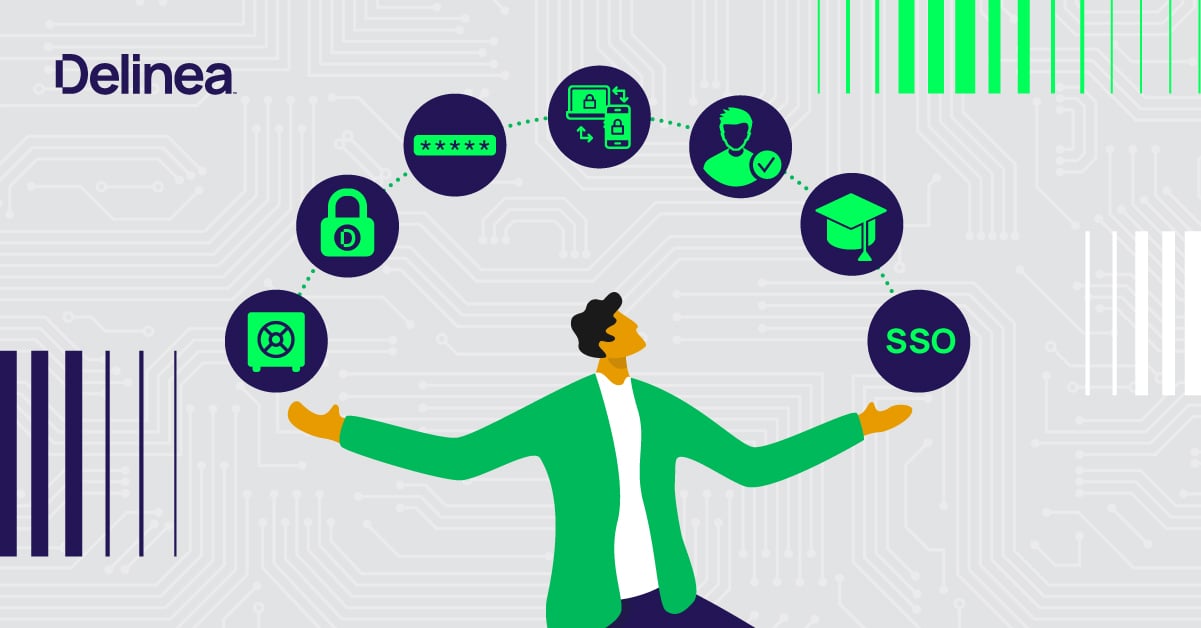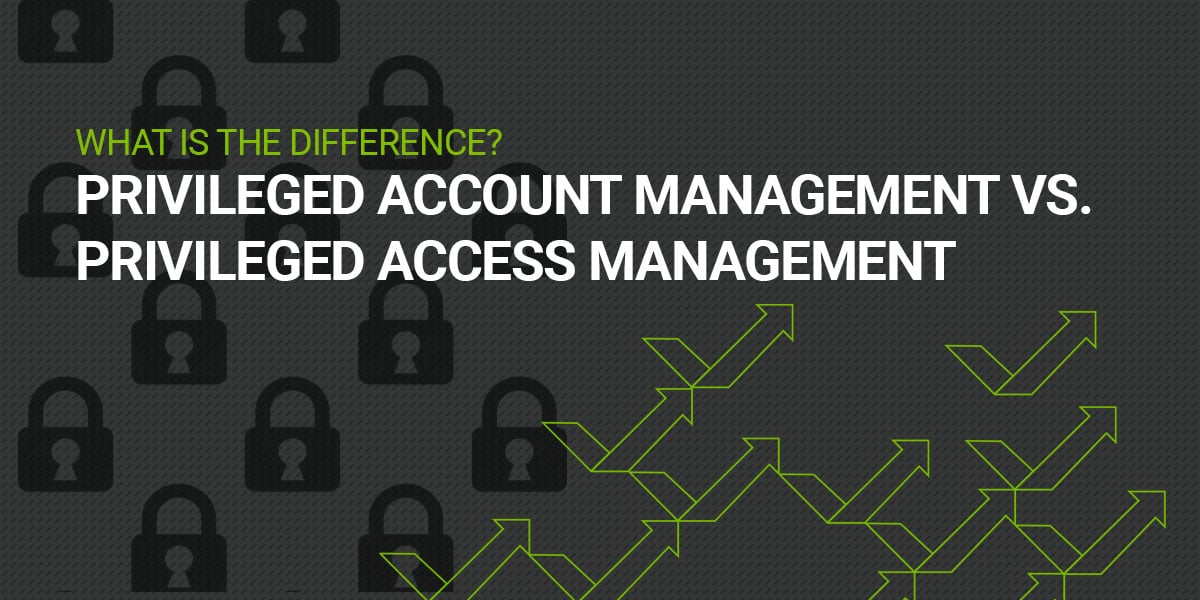The significance of PCI-DSS 4.x in identity security compliance
For IT and security leaders in organizations that handle payment card information , achieving PCI-DSS compliance isn’t a passive task but a proactive defense against evolving cyber threats.
The deadline for full compliance with the latest version of the mandate, PCI-DSS 4.0.1, is March 2025, so it’s essential to be sure you’re meeting all the latest requirements. PCI-DSS 4.0.1 reinforces the critical role of identity security in protecting sensitive systems and data, given the increasing prevalence of identity-related attack vectors, the sophistication of cyber threats, and the shift to multi-cloud and hybrid environments.
This blog will delve into PCI-DSS's implications for identity security compliance and provide practical, actionable guidance on meeting these standards.
What is PCI-DSS 4.0.1, and how has it changed from 4.0?
The Payment Card Industry Data Security Standard (PCI-DSS) is a mandatory standard designed to ensure the secure processing, storage, and transmission of cardholder data, protecting businesses and consumers from fraud and data breaches. PCI-DSS 4.0, released in March 2022, represented a significant evolution for the standard, with its emphasis on outcome-based security and increased flexibility in meeting requirements. Instead of mandating exact, prescriptive controls, the focus shifted to "desired outcomes."
As a result, organizations can implement controls that best fit their unique circumstances and environment but still meet PCI's security goals. This update was designed to encourage organizations to take a more active role in designing security measures that align with their risk profile.
However, the language in PCI-DSS 4.0 raised a lot of questions. Organizations interpreted the purpose behind some requirements in different ways. There was also ambiguity about how some requirements applied to issuers and companies supporting issuing services, particularly the storage of Sensitive Authentication Data (SAD).
... 4.0.1 added a "Purpose" section to each requirement to clearly explain its intent
To address the confusion, PCI-DSS 4.0.1 was released in June 2024. Notably, it doesn’t add new requirements or eliminate any existing ones but rather provides clearer explanations and guidance. Notably, 4.0.1 added a "Purpose" section to each requirement to clearly explain its intent.
If you're still working toward compliance with PCI-DSS 4.0, you will naturally align with 4.0.1 by following its clarified guidance.
Specifically for identity security, PCI-DSS 4.0.1 includes improved explanations for critical requirements such as multi-factor authentication (MFA), access controls, and secure configurations. Updated testing procedures provide more precise methods to verify compliance with identity security requirements.
How does PCI-DSS compare to other cybersecurity regulations?
Historically, PCI-DSS has been one of the most strict and exacting standards. If your identity security controls align with PCI-DSS requirements, you should also be able to meet requirements for NIST, ISO, and other security compliance mandates and best practice frameworks. For an aggregated checklist of all major identity security compliance requirements, check out the whitepaper, Achieve Seamless Identity Security Compliance.
What identity security issues does PCI-DSS 4.0 address?
Identity security has become increasingly relevant and important in PCI-DSS, reflecting its critical role in safeguarding payment environments from attackers who often exploit weaknesses in identity and access management. The standard addresses several key identity security issues:
Broader coverage of attack vectors
PCI-DSS broadens its coverage by addressing traditional threats like unauthorized access and data theft, as well as emerging risks such as identity attacks, phishing, malware, and supply chain vulnerabilities. It includes MFA, encryption, access control, and monitoring to protect against diverse attack methods targeting payment systems and cardholder data.
Privileged access abuse (including insider threats)
Attackers frequently target privileged accounts to gain access to critical systems. PCI-DSS emphasizes risk-based approaches to access control, requiring the enforcement of least privilege principles, secure management of privileged access credentials, and stringent identity verification for systems with cardholder data access. This underscores the importance of secure identity management.
Weak authentication controls and risk-based authentication
Inconsistent or inadequate use of MFA is a common vulnerability in payment environments. PCI-DSS 4.0 introduces stricter MFA requirements for all access to cardholder data environments (CDE), significantly enhancing authentication controls.
Insufficient monitoring and threat detection
Many security breaches remain undetected due to the lack of robust Identity Threat Detection and Response (ITDR) mechanisms. PCI-DSS emphasizes real-time monitoring of access activities to identify and address anomalies promptly.
Access creep
Over time, users often accumulate unnecessary permissions, known as access creep. PCI-DSS requires regular reviews and validation of user access rights to prevent this issue and maintain a least-privilege access model.
Cloud and hybrid environment risks
The growing adoption of cloud-based infrastructure introduces identity security challenges, including misconfigured entitlements and shadow IT. PCI-DSS underscores the need for robust controls over cloud infrastructure entitlements to address these risks.
Continuous monitoring
Continuous assessment of user access and real-time detection of anomalous identity behavior align with identity security disciplines like ITDR and advanced monitoring. This continuous monitoring provides a sense of reassurance and helps you stay vigilant against potential security threats.
What's at risk for me if I choose to ignore the identity security requirements?
Failing to address identity security requirements can have far-reaching consequences beyond non-compliance with PCI-DSS. Weak identity security measures, such as inadequate privileged access controls, significantly increase the risk of data breaches. These vulnerabilities expose you to attacks that can result in the theft of sensitive information.
Non-compliance with PCI-DSS can also lead to severe regulatory and financial penalties. Organizations may face hefty fines, increased transaction fees, or even the suspension of their card payment privileges, which can strain financial resources.
Additionally, identity-related breaches can significantly damage your reputation. Customers may lose trust, your brand perception may deteriorate, and you may suffer a revenue loss. Such incidents also disrupt critical operations, causing downtime and diverting resources toward remediation efforts.
Moreover, a lack of robust identity monitoring and response capabilities complicates the incident response. Identifying and mitigating breaches becomes more challenging, prolonging the impact of security incidents.
What identity security solutions address PCI DSS requirements?
Addressing PCI-DSS 4.0 identity security requirements requires an integrated approach.
While Privileged Access Management (PAM) is essential for managing privileged access, it must work in tandem with Identity Threat Detection and Response (ITDR), Cloud Identity and Entitlement Management (CIEM), Identity Governance and Administration (IGA), and Governance, Risk, and Compliance (GRC) solutions to provide a comprehensive defense against modern threats. Attempting to meet these requirements by piecing together tools from multiple vendors or relying solely on traditional PAM solutions can lead to inconsistencies, operational inefficiencies, and gaps in coverage.
Delinea's identity security platform integrates these capabilities, helping you meet compliance standards and strengthen your security posture. By adopting this holistic strategy, you can confidently navigate the complexities of PCI-DSS 4.0.1 and protect your sensitive payment environments.
| Discipline |
Delinea capabilities addressing PCI identity security requirements |
| Privileged Access Management (PAM) | Delinea's PAM solutions, such as Secret Server, enable secure storage and automated rotation of privileged credentials, while MFA ensures strong authentication for accessing cardholder data environments (CDE). Privilege Control for Servers enhances server protection by managing privilege elevation, preventing lateral movement, and enforcing least privilege principles. Privilege Manager enforces least privilege on endpoints, and Privileged Remote Access secures third-party access to the CDE. Just-in-time access workflows reduce persistent access risks, and session monitoring ensures compliance with PCI DSS requirements. |
| Cloud Infrastructure Entitlement Management (CIEM) | Delinea Privilege Control for Cloud Entitlements ensures cloud permissions align with least privilege principles by managing and remediating excessive entitlements in cloud services used to store or process cardholder data. Advanced discovery capabilities identify users, accounts, roles, groups, permissions, and resources, providing comprehensive visibility. Additionally, it offers the ability to automatically vault unprotected credentials, ensuring enhanced cloud security and PCI DSS compliance. |
| Identity Threat Detection and Response (ITDR) | Delinea Identity Threat Protection uses behavioral analytics to detect and respond to identity-based threats targeting the CDE. It identifies risks across your entire identity fabric, including infrastructure in the cloud, on-premises systems, and identity providers. Capabilities such as anomaly detection, integration with MFA, and real-time monitoring align with PCI DSS requirements for continuous monitoring and rapid response to unauthorized access attempts, ensuring robust protection for cardholder data. |
| Identity Governance and Administration (IGA) | Delinea Fastpath IGA solutions streamline identity management and periodic reviews of user access to CDE systems, ensuring compliance with PCI DSS requirements for validating authorized users. Just-in-time workflows minimize excessive access by provisioning temporary roles. They enforce Segregation of Duties (SoD) and detailed audits of access changes to prevent unauthorized modifications, ensuring the integrity of cardholder data environments. |
| Governance, Risk, and Compliance (GRC) | Delinea Fastpath GRC solutions provide policy enforcement, continuous monitoring, and reporting capabilities tailored for PCI DSS compliance. These tools help you align controls with PCI requirements, conduct risk assessments, and generate audit-ready reports. Fastpath Access Control specifically addresses Segregation of Duties (SoD) conflicts across applications, ensuring policy adherence and secure handling of cardholder data. |
Identity security goes beyond PCI-DSS compliance
The implications of non-compliance are severe, but they pale compared to the cost of a breach. You can achieve PCI-DSS compliance by proactively addressing identity security challenges while building a resilient foundation for future threats. Integrating such identity security capabilities isn’t just a compliance mandate—it's a business imperative.


